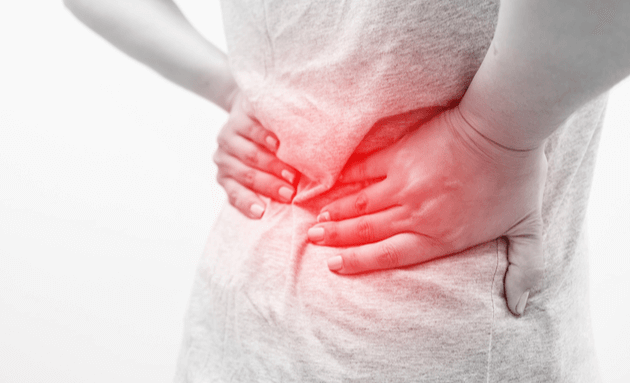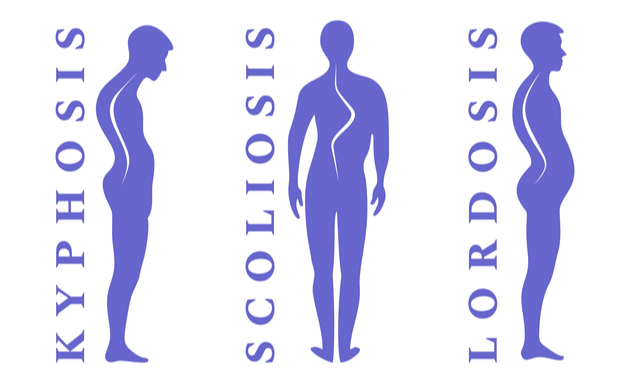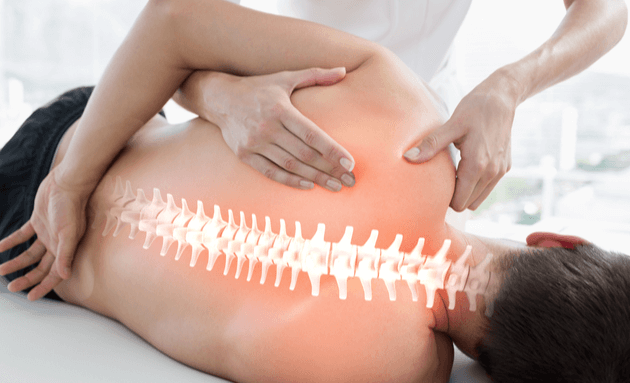The spinal cord, commonly called the backbone, is made up of a stack of smaller bones (called vertebrae). A healthy spine has gentle curves that help it absorb stress from gravity and body movements. Spine abnormalities cause misalignment of the curvature and results in spine curvature disorders like lordosis, kyphosis, and scoliosis.

The Types of Spine Curvature Disorders
There are three main types of spine curvature disorders are:
- Lordosis: A condition in which the spine of a person curves inward in the lower back. It is also known as swayback.
- Kyphosis: Kyphosis results in a rounded upper back (more than 50 degrees of curvature).
- Scoliosis: Someone with scoliosis will have an S-shaped or C-shaped curve to their spine.

Treatment Methods for Spine Curvature Disorders

Treatment is determined based on the severity and type of spinal curvature disorder you have. Mild spinal curvature may not be treated at all. More severe spinal curvature may require the use of a back brace or surgery.
Treatment for Lordosis Include:
- Medication to manage pain and swelling
- Exercise and physical therapy to increase muscle strength and flexibility
- Wearing back braces
- Weight loss
- Surgery
What Types of Surgery Are Used to Treat Spine Curvature Disorders?
The following procedures may be used to treat spine curvature disorders:
- Spinal instrumentation
- Artificial disc replacement.
- Kyphoplasty.
Consult your doctor for details on surgical methods to treat spine curvature disorders.

0Comments